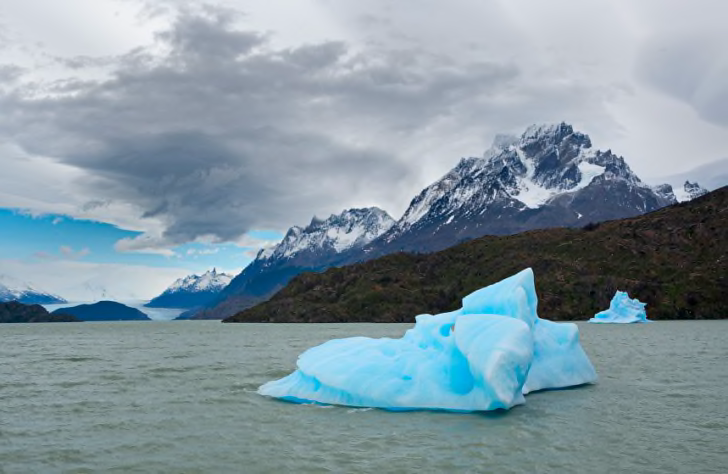With exceptional brainpower, humans have discovered many secrets of Earth. We have already reached the Moon surface and have explored other planets (not manned-missions). Interestingly, still there are a number of places on Earth that yet to be explored.
And yet, some hidden corners of the Earth still remain essentially uncharted, home to very few people, and investigated by only the most daring travelers.
Here the list of top unexplored places on Earth.
1. Star Mountains, Papua New Guinea

This remote region in western Papua New Guinea contains the Hindenburg Wall, a limestone network of plateaus more than a mile high. The 30-mile-long series of bluffs features nearly undisturbed ecosystems high above the ground. A recent biological survey of the area found 1,109 animal and plant species, almost 100 of which were new to science.
2. Son Doong Cave, Vietnam

Son Doong Cave is known as the world’s largest natural cave, housing many limestone grottoes, stalactites, and stalagmites. Set within Phong Nha-Ke Bang National Park (about 500km south of Hanoi), the cave is a must-visit for adventurous travelers looking to explore one of Vietnam’s natural gems during their holiday.
Son Doong cave was first discovered in 1991 by a local named Ho Khanh, followed by a team of British cavers lead by Howard Limbert in 2009. With sections reaching up to 200 meters high, Son Doong Cave also spans 9 km in length, making it about two times bigger than Malaysia’s Deer Cave. The cave is also home to a variety of wildlife, including monkeys, bats, and flying foxes.
3. Laitmawsiang, Meghalaya (India)

The Laitmawsiang is a natural habitat that has been created by seasonal waterfalls that are fed by rains. Surrounded by green bushes and hedges, the place is the abode of caves and waterfalls.
Where is Paradise, you ask? In the midst of a remote, quaint village in Sohra, Meghalaya. Known by the locals as Ka Bri Ki Synrang, the Garden of Caves is situated 10 Km from the Laitryngew region near the Laitmawsiang village of Sohra and is perhaps the most breathtaking spot we have ever come across. With flora and fauna of all kinds and colors and a total of fourteen waterfalls that fall into crystal-like ponds, this park is perfect for a quiet retreat and an escape from the noise of crowded cities into the greens, blues, browns, and whites of nature.
4. Northern Patagonia, Chile

Home to temperate rainforests, glaciers, fjords, and hot springs, northern Patagonia is one of Chile’s wildest landscapes. It’s the country’s most sparsely populated region and has only been accessible by highway since the ‘80s. The Northern Patagonian Ice Field remains one of the largest masses of ice outside the polar regions.
5. Kamchatka, Russia

Kamchatka is one of the most under-explored, scenic and challenging destinations on the planet and was closed off (even to the Russian people!) for years; for that reason alone, it remains popular with daring explorers wanting to discover this secluded part of the world.
Aside from this, the is teeming with wildlife and has some of the most diverse species on the planet including the largest number and size of brown bears, the Chukotka moose (the largest moose in the world), the native Kamchatka crab (the largest species of king crab in the world), the most diverse area for whale species, and is a primary breeding ground for Stellar’s sea eagle, Golden eagles and Gyr falcons.
6. Snake Island, Brazil

As the name suggests, this is an island in Brazil infested with thousands of deadly snakes. No human even dare to tread on Snake Island, and it is even regarded as the most forbidden places in the world and in Brazil. In fact, it is so dangerous that the government has made it illegal to visit the island. It is estimated that there are approximately 4,000 golden lanceheads on the island – the deadliest serpents on the planet.
7. Ise Grand Shrine

Japan is globally popular for its shrine culture and houses approximately 80,000 shrines. The most important among all is the Ise Grand Shrine. It is one of the most expensive temples in Japan due to its architectural grandeur. To maintain the Shinto traditions dating back to the 8th century, this temple is rebuilt every 20 years. And that comes with a million-dollar price tag. Unless you are a member of the royal family, you are forbidden to enter the hallowed halls of this ancient Japanese representation.

0 Comments